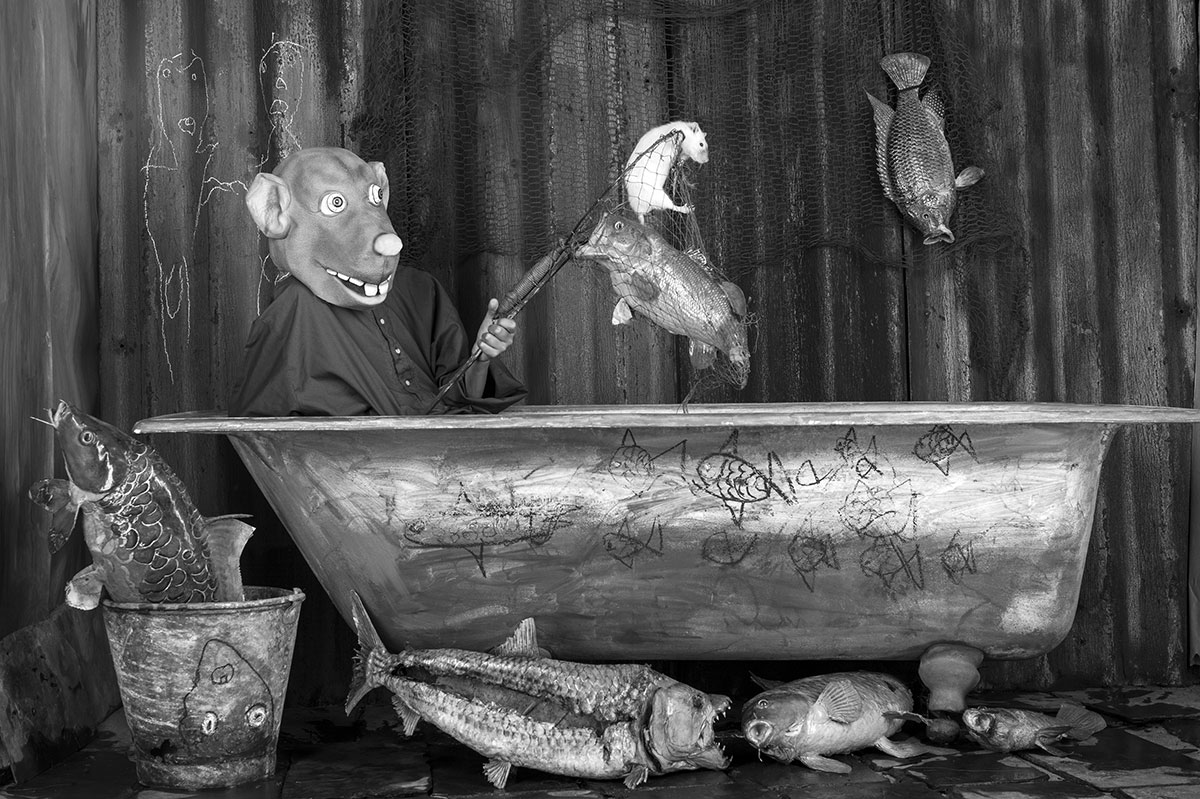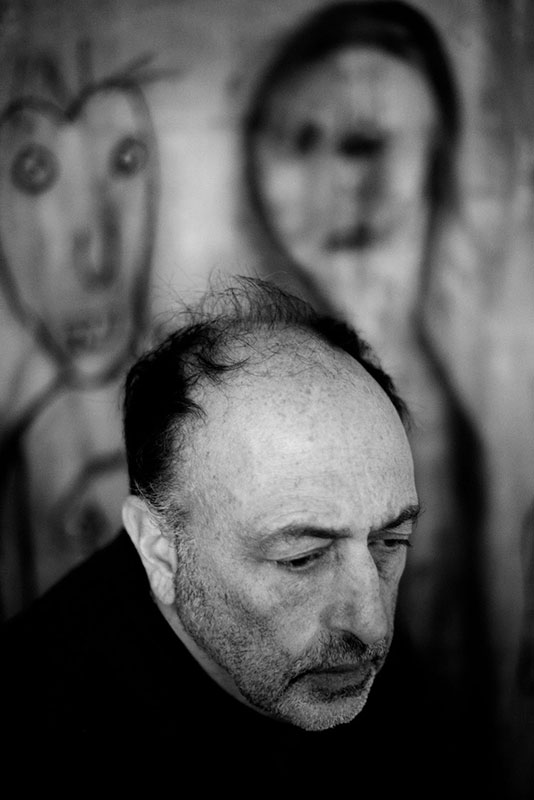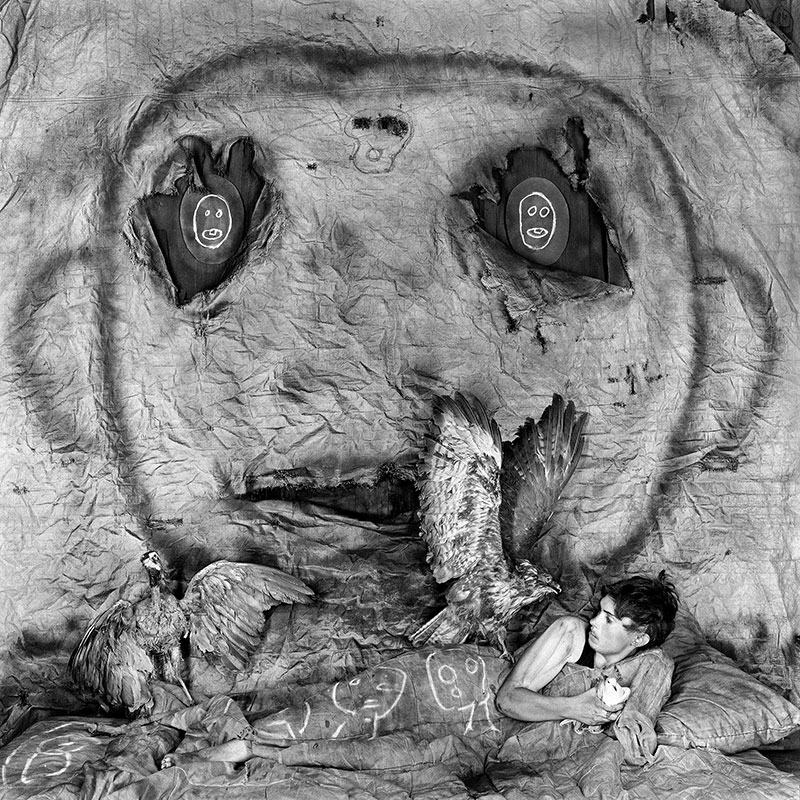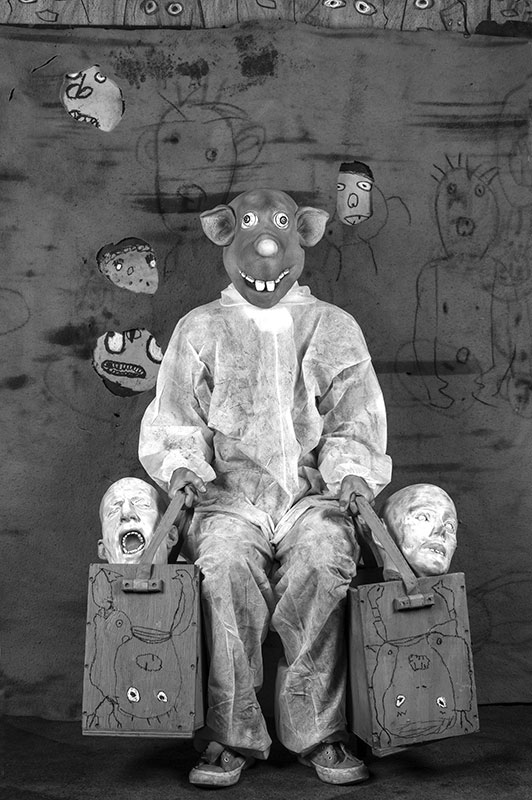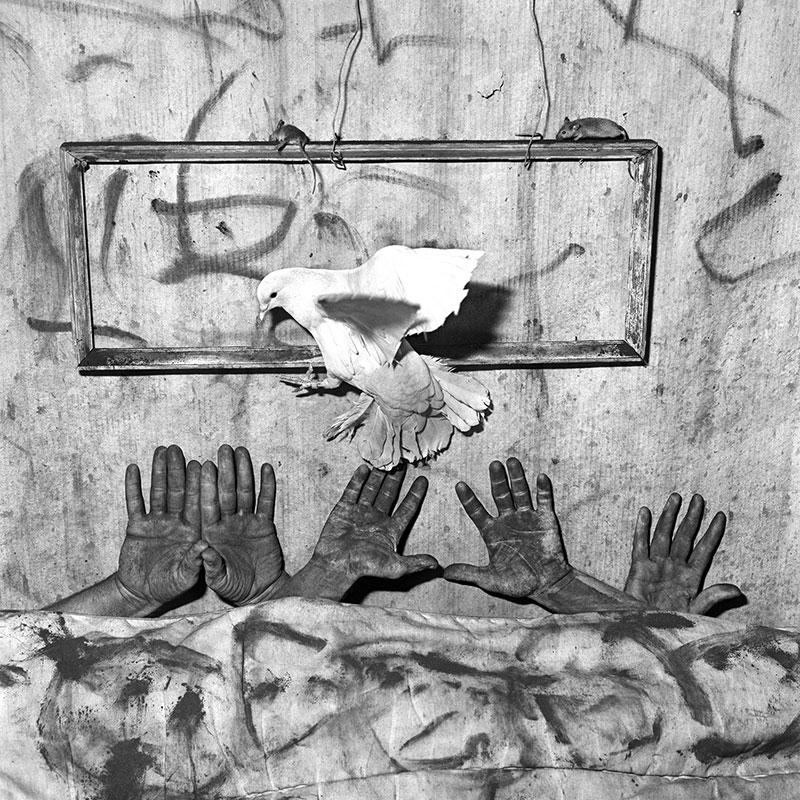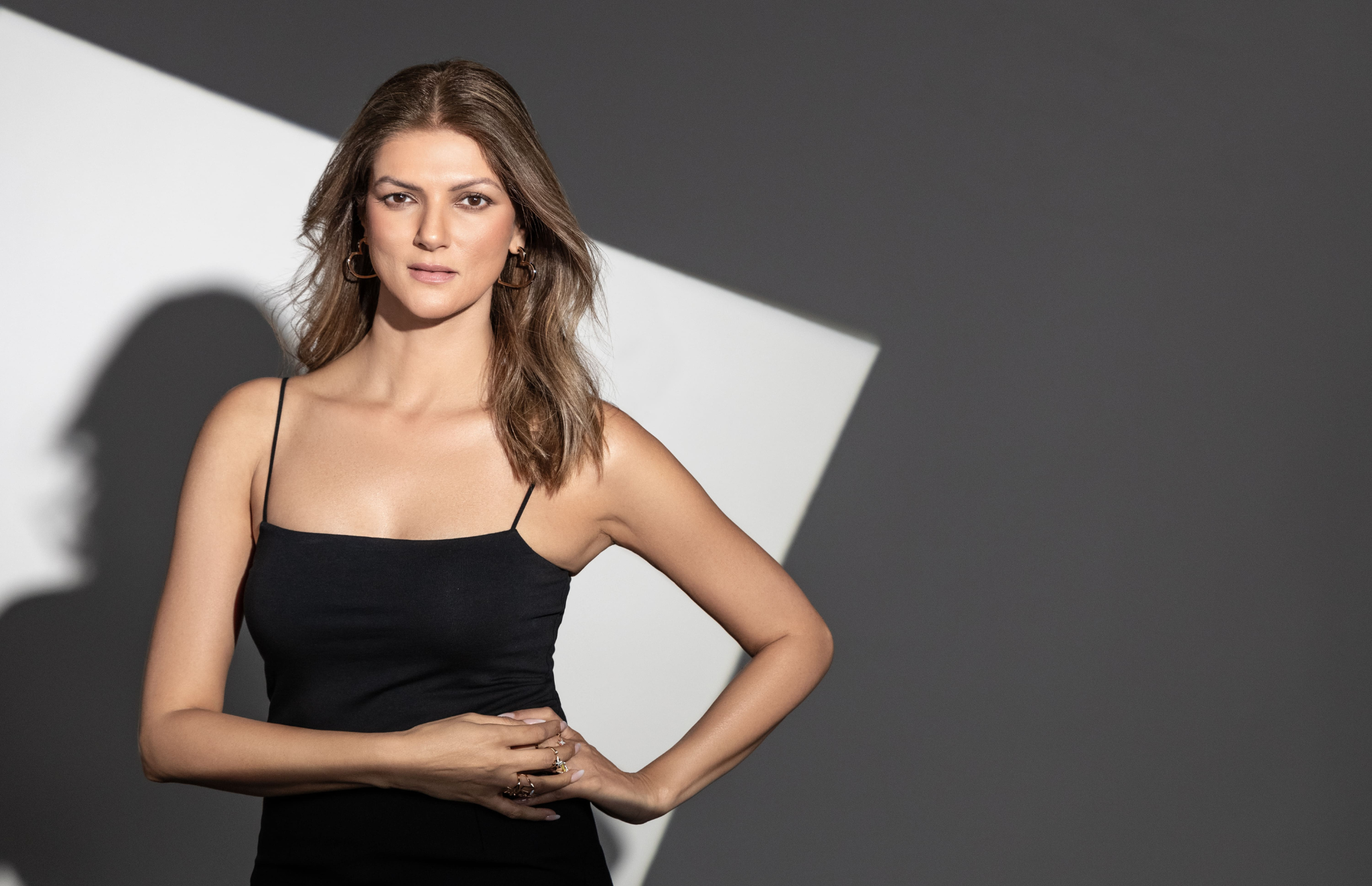The Artist/Photographer Roger Ballen born in 1950, New York, has lived and worked in South Africa for over thirty years now. In his artistic practice Ballen explores the possibilities of integrating photography and drawing, through which, he deconstructs the nuances of the human condition and its creative potential. The content of his images, enquires into the dynamics of the relationship of Nature to Humanity.
SP: Give us a brief about your early education and inspirations.
RB: I bought my first camera, a Mamiya, when I was thirteen. By that stage, in the early 1960’s, my mother had been working for Magnum for some years. Through her conversation, and particularly her collecting, I was exposed to the work of many photographers-some of them are now considered historically important. In this milieu, there was a complete belief in the value of photography in its ability to capture and convey meaning in a socio-documentary context.
One of the most vivid and pivotal moments in my life occurred in 1968 when my parents gave me a Nikon FTN camera for my high school graduation. The very first day of my receiving it, I went to the outskirts of Sing Sing prison near New York City to take photographs. Even now I can remember what that camera smelt like.
SP: Who/ where do you draw your inspiration from?
RB: Other than nature, I draw my inspiration from my own artwork. If one is not inspired by what one is doing it is difficult to continue with this process year after year.
SP: Where do you position yourself as an artist in contemporary times?
RB: I often define myself as an Artist/Photographer. My work is focused on the psychological aspect of the mind and my goal is to transform the viewer’s consciousness. Without an understanding of the self, one is at the mercy of outside forces.
SP: What is the Politics of your praxis?
RB: The politics of my praxis is the politics of the mind. I hope to be able to create communication and extended consciousness between the conscious mind and the subconscious mind.
SP: Your art practice is so dynamic, comprising a multi layering of objects, installations, and photography. How do you manage the indexicality of the mediums in your work?
RB: I have been a photographer for nearly fifty- three years and my style has evolved step by step to the point where my vision as an artist is considered unique and referred to as Ballenesque. It is almost impossible for me to describe the creative process that is responsible for creating my images.
SP: What is the thought process you follow before arriving at an idea for execution?
RB: I try to arrive at the place I will photograph with a silent, relaxed mind. My photographs can ultimately be the result of thousands of decisions, some of which are decided on without words and are a product of intuition. Over pondering about a forthcoming image, is in most cases futile as the process of creating my images are made up of visual decisions rather than verbal ones.
SP: According to you, what is the significance of editing in photography?
Do you have any technical strategy you follow ?
RB: The purpose of editing is to locate the images that most effectively convey the message that I am trying to express through the photograph. In today’s digitally dominated world this process is essential.
SP: Why are your photographs usually black and white?
RB: I shoot in black and white, for over fifty years now, but in the last four years I have nearly shot photographs exclusively in color. It has been quite a thrill to work in this medium as it has enabled me to enter a parallel zone to my previous work. In other words my aesthetic has continued and expanded through the use of color imagery.
SP: Tell us something about the appearance of animals and birds in your works.
RB: Animals have pervaded my images for the past decade. Firstly, I have always been interested in trying to understand the link between animal behavior and human behavior. Secondly, one can surmise by viewing the content of my images that there is not a harmonious relationship between the animals and human environments that they find themselves in. In my opinion the relationship between nature and humanity is not harmonious, but adversarial.
SP: Any ongoing projects you would like to share with us?
RB: I have built the ‘Inside Out’ Art Centre in Johannesburg and am beginning to curate its first exhibition. The Centre will focus its efforts on African Art and engage in educational and cultural events to expand the public’s understanding on the nature of artistic expression.
Also, recently, Hatje Cantz published my latest book, ‘Roger the Rat’ in 2020. I’ve also made a film to accompany the book, here is the link to the trailer: https://vimeo.com/468526042
SP: As a contemporary artist yourself, what is your take on the ever changing contemporary art ? What is your vision for the future of Art?
RB: Art in general has become more and more linked to the global media whether it be fashion, technology, or contemporary news. It is difficult to predict future trends but I would doubt these influences will diminish.
Image Courtesy: Roger Ballen and Marguerite Rossouw
Find more about the Artist and the Artworks:
https://www.artsy.net/artist/roger-ballen
https://www.hatjecantz.de/search-results-624-1.html?q=Roger+Ballen
https://galeriasenda.com/artista/roger-ballen/


